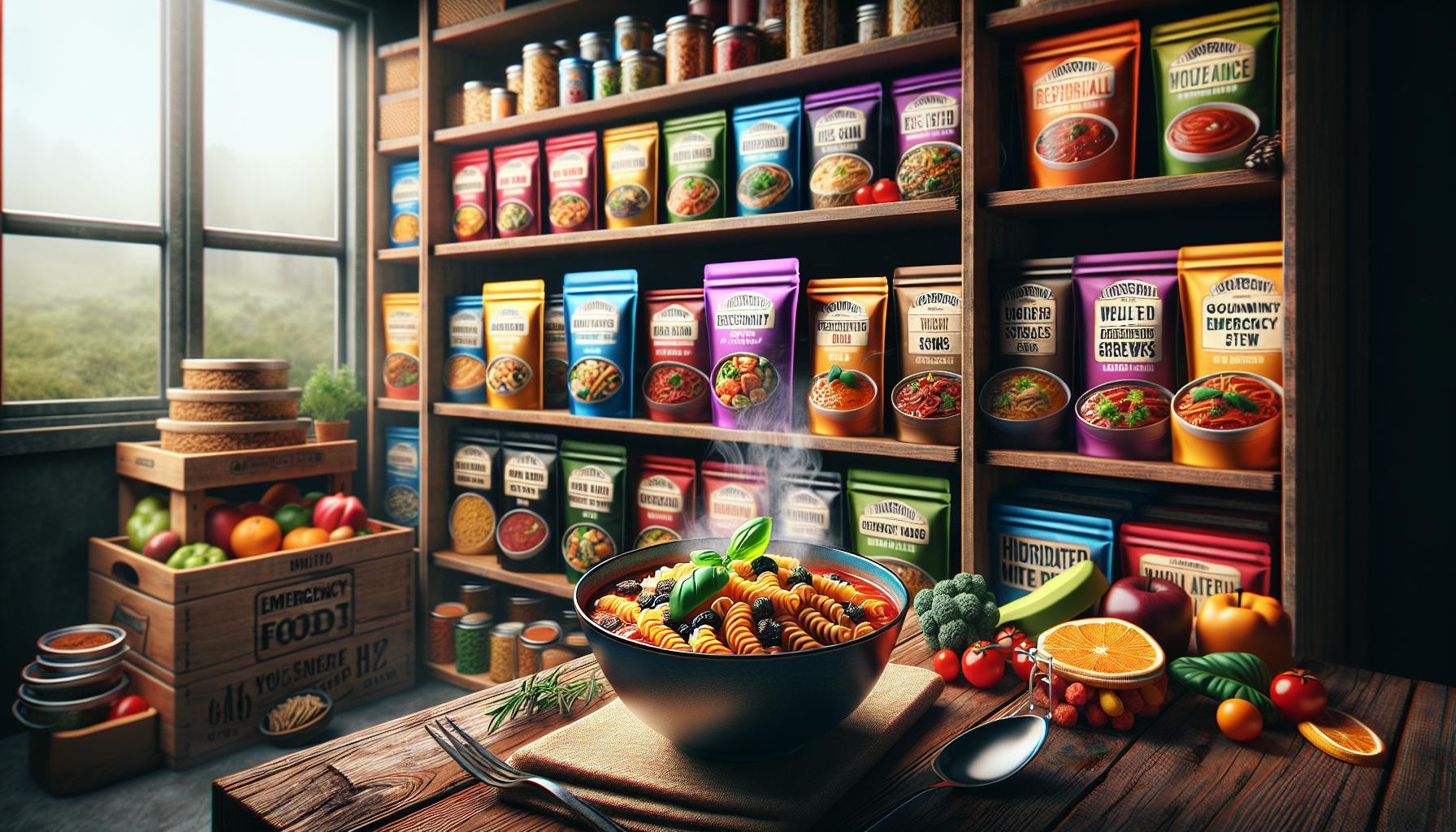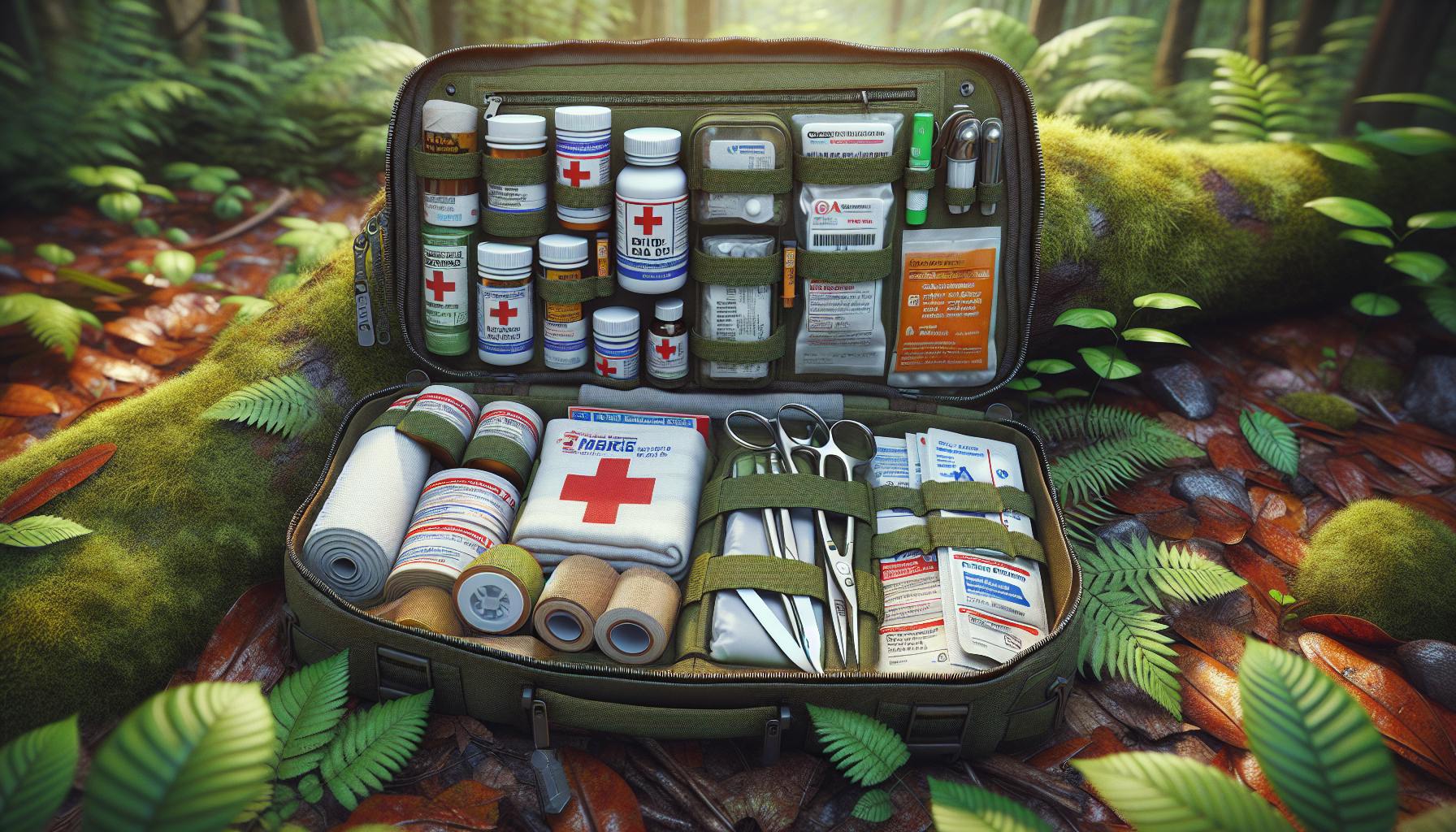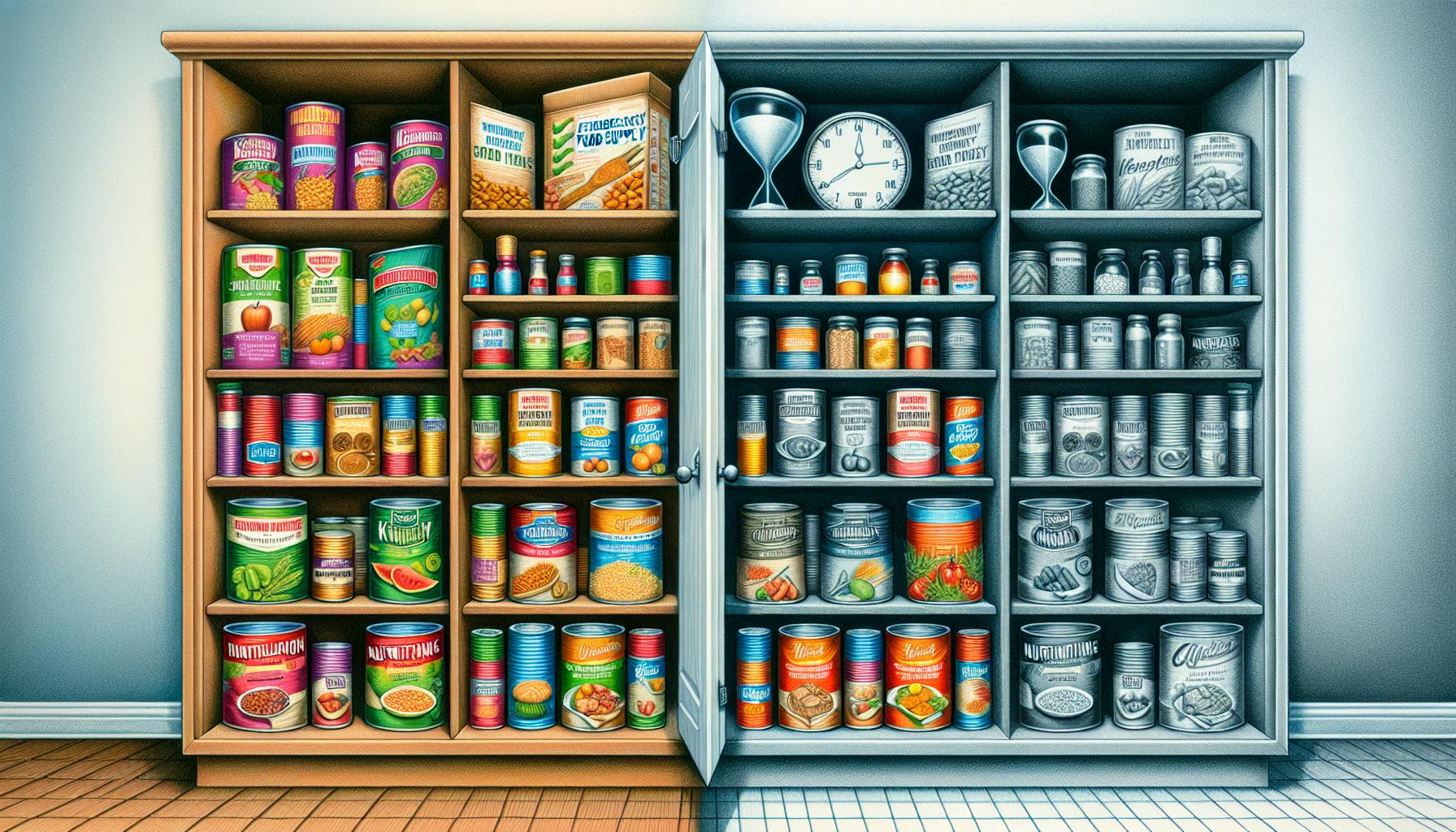Introduction
In recent years, we've seen an increasing number of disasters and emergencies - from natural disasters like hurricanes and wildfires, to viral pandemics, to civil unrest and infrastructure failures. These threats underscore the importance of emergency preparedness. Having a well-stocked bug out bag or emergency kit customized to your needs can make all the difference when an unexpected event occurs.
This article provides tips on the optimal items to include in your emergency preparedness kit, helping you prepare for any situation without overpacking. We'll cover essential survival tools, first aid supplies, food and water, navigation items, shelter and clothing considerations, vital documents, and more.
We'll also offer specific product recommendations where relevant, considering key features like durability, shelf life, and climate-specificity. Our goal is to help you create a "best prepper gear list" tailored to likely risks in your region. Read on for details!
Top-Rated Survival Tools
Every emergency kit should contain basic survival tools for minor repairs, food preparation, fire-starting, and navigation. Reliable and durable products are key. Here are top options to consider:
-
LED Flashlight: Choose an impact-resistant flashlight with IPX7 waterproof rating, like the Streamlight ProTac HL-X 1000 lumen. Go for at least 300 lumens brightness. Stock extra lithium batteries with 10-year shelf life.
-
Multi-Tool: The Leatherman Signal or Wave+ offer one-handed accessibility to pliers, screwdrivers, knife, can opener, awl, and more. Look for full stainless steel construction.
-
Fixed Blade Knife: A full tang knife like the Morakniv Garberg or Benchmade Bushcrafter provide strength for camp tasks. A 4-5 inch blade length is ideal. Store in a sheath.
-
Fire Starter: Waterproof stormproof matches, magnesium fire starter, and a sparking firesteel rod like the Light My Fire Swedish FireSteel 2.0. Keep matches handy in a floating waterproof case.
-
Whistle: Loud whistles like the Storm All Weather Whistle can be heard up to 1 mile away. Get one with a lanyard to wear around neck for accessibility.
Well-Stocked First Aid Supplies
Having the ability to treat injuries and ailments is a key prepping priority. Stock various medical supplies:
-
Bandages: Include different sizes of bandaids, gauze pads, rolled gauze, trauma pads, and medical tape to stop bleeding and support wounds.
-
Antibiotic Ointment: Neosporin, Polysporin, Bacitracin treat cuts and prevent infection. Look for small single-use packets.
-
Antihistamine Cream: Sooth insect bites, rashes, plant reactions with creams containing diphenhydramine like Benadryl Itch Relief Stick.
-
Pain Relievers: OTC meds like acetaminophen, ibuprofen relieve pain, fever, inflammation. Choose small single-serve packs.
-
Prescriptions: Pack 2-4 week supply of critical daily prescription medications if required. Consult your doctor.
-
First Aid Manual: Print a guide like When There Is No Doctor to reference treatments for injuries, ailments when unsure of symptoms.
Nutritious Food Selections
Packing compact, calorie-dense foods that don't require refrigeration is key. Some top choices include:
-
Protein bars: Look for bars with at least 10g plant-based protein like CLIF Builder's Bars or Quest Bars for energy and nutrition.
-
Canned meat/fish: SPAM, chicken, salmon and tuna have shelf lives up to 5 years. Consider single-serve pull-top cans.
-
Canned beans, vegetables, fruits: Nutritious canned goods from brands like Eden Foods or Amy's Kitchen store for 1-2 years. Choose single servings.
-
MREs: Meals Ready-to-Eat pack 1200 - 1300 calories and last 5 years when stored properly. Consider vegetarian options too.
-
Freeze dried meals: Brands like Mountain House and Wise Foods offer lightweight meals just requiring hot water. Provide meat and veggie options.
-
Comfort foods: Include morale-boosting favorites like coffee, tea, candy bars, popcorn. Store in mylar bags with oxygen absorbers.
Water Storage and Filtration Solutions
Plan for at least 1 gallon of water per person daily for drinking, cooking, hygiene. Here are some recommended supplies:
-
Collapsible Containers: Brands like Platypus and Hydrapak offer durable bags holding 2-10 liters. Tap water stores 6 months.
-
Water Bottles: Klean Kanteen and Yeti Ramblers offer insulated stainless steel bottles from 12-64 oz capacity.
-
Gravity Filters: The Platypus GravityWorks filters 4 liters per 2.5 minutes via gravity flow. The Sawyer Mini attaches to standard bottles.
-
Storage Barrels: Store 55 gallon drums with spigot for large capacity reserves. Place on wooden blocks to access spigot.
-
Water Purification: Carry chlorine dioxide or iodine tablets like Potable Aqua. Use 5 tablets to purify 1 quart.
Equipment for Warmth and Shelter
Your shelter and bedding needs depend on the climate. Here are some top options:
-
Backpacking Tent: For bugging out, look for a lightweight 3-season tent like the ALPS Mountaineering Lynx. Fits 2 people and packs down small.
-
Cold Weather Sleeping Bag: For stationary sheltering, the TETON Sports Celsius bag remains warm even down to -30°F in extreme cold.
-
Emergency Bivy: The SOL Emergency Bivy provides breathable, waterproof shelter for one person when on the move. Reflective interior retains 80% body heat.
-
Insulated Jacket: Brands like Columbia, Marmot, and Outdoor Research offer lightweight synthetic and down jackets maintaining warmth in cold and wet weather. Look for water resistance.
-
Winter Boots: Look for insulated boots rated to -25°F or colder, with aggressive tread like the Baffin Impact or Sorel Caribou. Waterproof construction is vital.
Critical Documentation and Identification
-
Passport: Proves citizenship and ID if displaced from home. Make paper and digital copies.
-
Driver's License: Provides official photo ID for travel and government services.
-
Birth Certificate: Supports passport renewal if lost. Request certified copy from vital records office.
-
Social Security Cards: Required for employment, government assistance, banking if displaced.
-
Insurance Cards: Collect health, home, flood, auto insurance details in one folder. Scan or take photos of cards to store digitally.
-
Medical Records: Ask doctor for print summary listing conditions, medications, allergies. Update annually.
-
Contacts List: Collect phone, address details for relatives, friends, doctors. Have local and out-of-state emergency contacts.
-
Cash: Keep $200-300 in small bills. Coins allow vending machine purchases.
-
Digital Copies: Scan important documents to encrypted cloud storage or external hard drive kept in EMP-proof bag.
Final Tips and Conclusion
-
Customize your kit based on likely regional risks like blizzards, earthquakes, pandemics, civil unrest. Include locale-specific gear.
-
Routinely cycle out food, medicine, and water every 6-12 months and update for changing family needs.
-
Store items properly, following instructions for ideal temperature, light sensitivity, and moisture levels.
-
Being prepared reduces panic and allows you to assist others in an emergency. Share your knowledge and supplies.
A well-stocked disaster kit provides safety, sustenance and peace of mind when unpredictable crises occur. Use this comprehensive gear list as a starting point, customizing it to your situation. Follow product links for purchasing. Stay vigilant and prepared!


